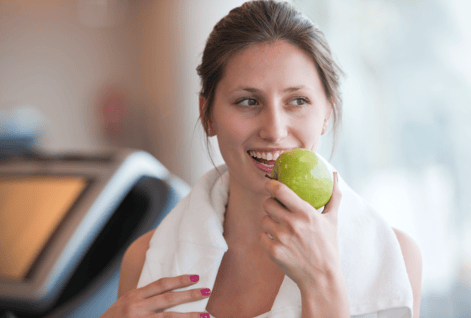 It’s coming…the holiday season! Many people tend to give up or have the “I’ll start fresh next year” mindset when it comes to exercise around the holidays. Don’t let that be you this year! Halloween is over and before we know it Thanksgiving and Christmas will be here. Parties will start, normal schedules will be crazy, and more food will be added to your life.
It’s coming…the holiday season! Many people tend to give up or have the “I’ll start fresh next year” mindset when it comes to exercise around the holidays. Don’t let that be you this year! Halloween is over and before we know it Thanksgiving and Christmas will be here. Parties will start, normal schedules will be crazy, and more food will be added to your life.
Three Tips for Staying on Track with Workouts and Food
This season, let’s go into the holidays with a different mindset. We know what’s coming—it happens every year! Here are three tips to keep you on track.
- Schedule time for your workouts. If you know you have a party or family gathering, plan ahead. Write your exercise time on your calendar each week just like you would anything else. Scheduling time for fitness should be a priority.
- Something is better than nothing. Gym time cut short? Don’t just blow it off! Just get into the gym and move. Getting 30 minutes of exercise is better than getting 0 minutes. Don’t let your busy holiday gatherings keep you from your exercise routine. Even if you have to do bodyweight exercises at home or portable exercises on the road, don’t just skip your workout.
- Do a little bit better next time. You overate, you missed your workout, you have another party today. It’s okay; you didn’t lose the battle of fitness. You don’t need to overeat at the next party. Just do a little better than you did at the last. Healthy eating and exercise don’t have to be all or nothing. Just do better every day. Move a little more, and eat one less holiday treat than the day before.
Change Your Mindset—and Ask for Help!
The holidays don’t have to be a time to let it go and start over during the New Year. This year, make it different! These three tips will help you change your mindset as we enter the season of craziness and delicious goodies!
If you need help on a quick workout idea, stop by the track desk and ask a NIFS HFS to help you out!
Remember 30-minute workouts are proven to be just as beneficial as longer workouts. If your short on time or just feel 60-minutes is too long, try one of our 30 minute Group Fitness Classes such as Tabata, or Extreme Core. Check out our Group Fitness Schedule below.
Happy Holidays!
This blog was written by Kaci Lierman, Personal Trainer. To find out more about the NIFS bloggers, click here.


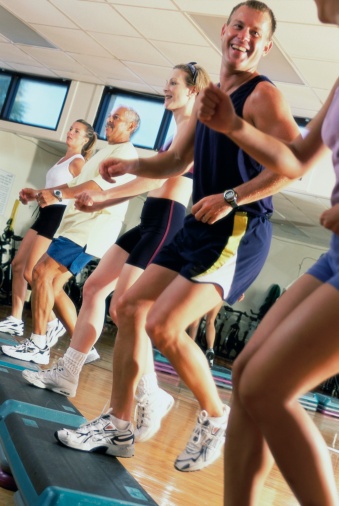 “Our mindset” refers to every individual who has ever had one slice of pizza too many and subsequently tortured themselves on the treadmill because of it. Exercise is not punishment and should not be viewed as such. If you consistently and begrudgingly plan your workout routine around your indulgences, fitness becomes an irrational afterthought. A healthy lifestyle includes both enjoying the sweeter (or more savory) things in life, as well as enjoying a sweat session for the benefits of fitness. Your body is built to be listened to, and practicing a balanced lifestyle will help you reap not only better health, but also performance benefits.
“Our mindset” refers to every individual who has ever had one slice of pizza too many and subsequently tortured themselves on the treadmill because of it. Exercise is not punishment and should not be viewed as such. If you consistently and begrudgingly plan your workout routine around your indulgences, fitness becomes an irrational afterthought. A healthy lifestyle includes both enjoying the sweeter (or more savory) things in life, as well as enjoying a sweat session for the benefits of fitness. Your body is built to be listened to, and practicing a balanced lifestyle will help you reap not only better health, but also performance benefits.
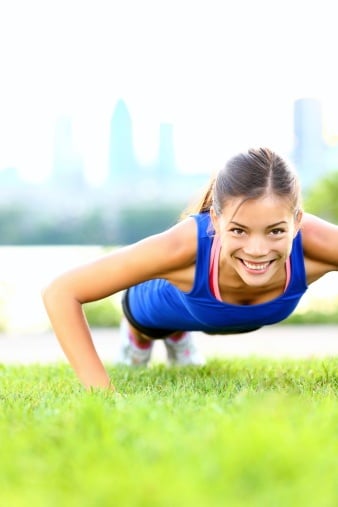 Busy college schedule? No time to fit in your workout between exams, papers, and class? Don’t let school be the excuse to skip or miss your workout. According to
Busy college schedule? No time to fit in your workout between exams, papers, and class? Don’t let school be the excuse to skip or miss your workout. According to 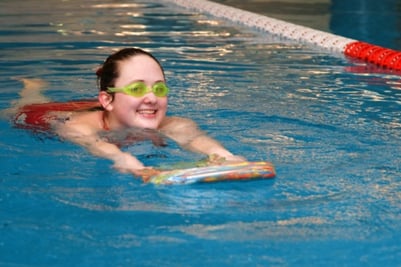 Salutations NIFS friends! Our facility has a partnership that allows members
Salutations NIFS friends! Our facility has a partnership that allows members 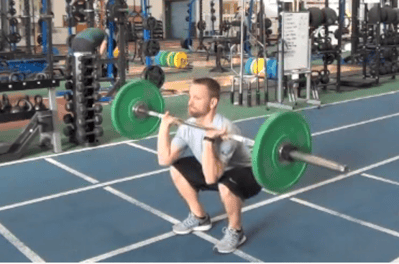 Burning more calories, developing more strength, and building the ultimate body in less time is an equation I think we can all get behind. In our world of “on-the-go” fitness—and, well, pretty much everything—finding ways to get more done in less time is a priority in many of our lives. But being effective and getting things done are two different things, in my opinion, and movement does not always result in progress. Being efficient and getting results at the same time in your fitness programming takes planning and choosing the best exercises for your desired outcomes.
Burning more calories, developing more strength, and building the ultimate body in less time is an equation I think we can all get behind. In our world of “on-the-go” fitness—and, well, pretty much everything—finding ways to get more done in less time is a priority in many of our lives. But being effective and getting things done are two different things, in my opinion, and movement does not always result in progress. Being efficient and getting results at the same time in your fitness programming takes planning and choosing the best exercises for your desired outcomes.
 After spending some time a few weeks back with my pregnant sister-in-law, it dawned on me the essentials of knowing what to do in terms of nutrition and exercise during each trimester of pregnancy. We spent some time working out together and talking about what is safe, what to avoid, and the changes that the body goes through. And while most of the blogs that we write tend to revolve around our comfort level and expertise, I thought I’d get out on a limb a little bit and write about some key things regarding exercise and nutrition while pregnant.
After spending some time a few weeks back with my pregnant sister-in-law, it dawned on me the essentials of knowing what to do in terms of nutrition and exercise during each trimester of pregnancy. We spent some time working out together and talking about what is safe, what to avoid, and the changes that the body goes through. And while most of the blogs that we write tend to revolve around our comfort level and expertise, I thought I’d get out on a limb a little bit and write about some key things regarding exercise and nutrition while pregnant.
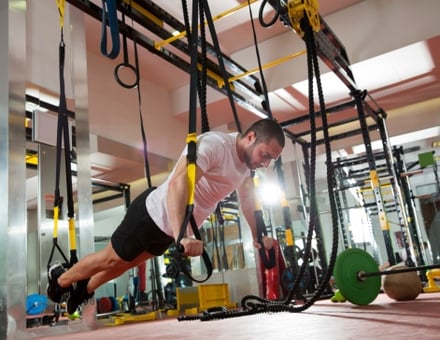 One of the major misconceptions I am happy to battle as a fitness professional is the wildly popular idea that if a little is good, more must be better. One of my favorite quotes from movement guru
One of the major misconceptions I am happy to battle as a fitness professional is the wildly popular idea that if a little is good, more must be better. One of my favorite quotes from movement guru 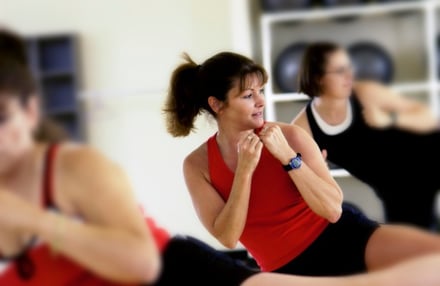 Knowing whether you are an introvert or an extrovert can help determine what type of fitness plan/program will work best for you.
Knowing whether you are an introvert or an extrovert can help determine what type of fitness plan/program will work best for you. 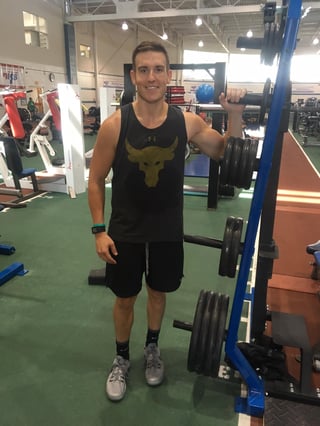
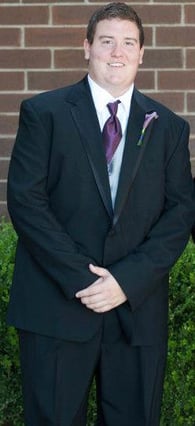 As the new year is here, we start forming new goals for the next. I would like to share a story of a member who has worked incredibly hard through 2015 and 2016, has crushed all of the weight loss and fitness goals that he set and then some, and who has transformed himself completely in front of everyone who has seen him.
As the new year is here, we start forming new goals for the next. I would like to share a story of a member who has worked incredibly hard through 2015 and 2016, has crushed all of the weight loss and fitness goals that he set and then some, and who has transformed himself completely in front of everyone who has seen him.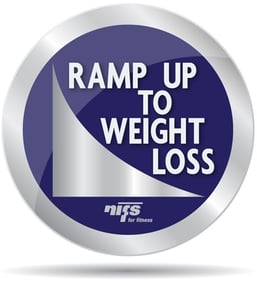
 Continuing with the Group Fitness Class of the Month series, December is upon us and we are highlighting a new class. Hopefully you had the opportunity in November to do a
Continuing with the Group Fitness Class of the Month series, December is upon us and we are highlighting a new class. Hopefully you had the opportunity in November to do a  PiYo at NIFS
PiYo at NIFS